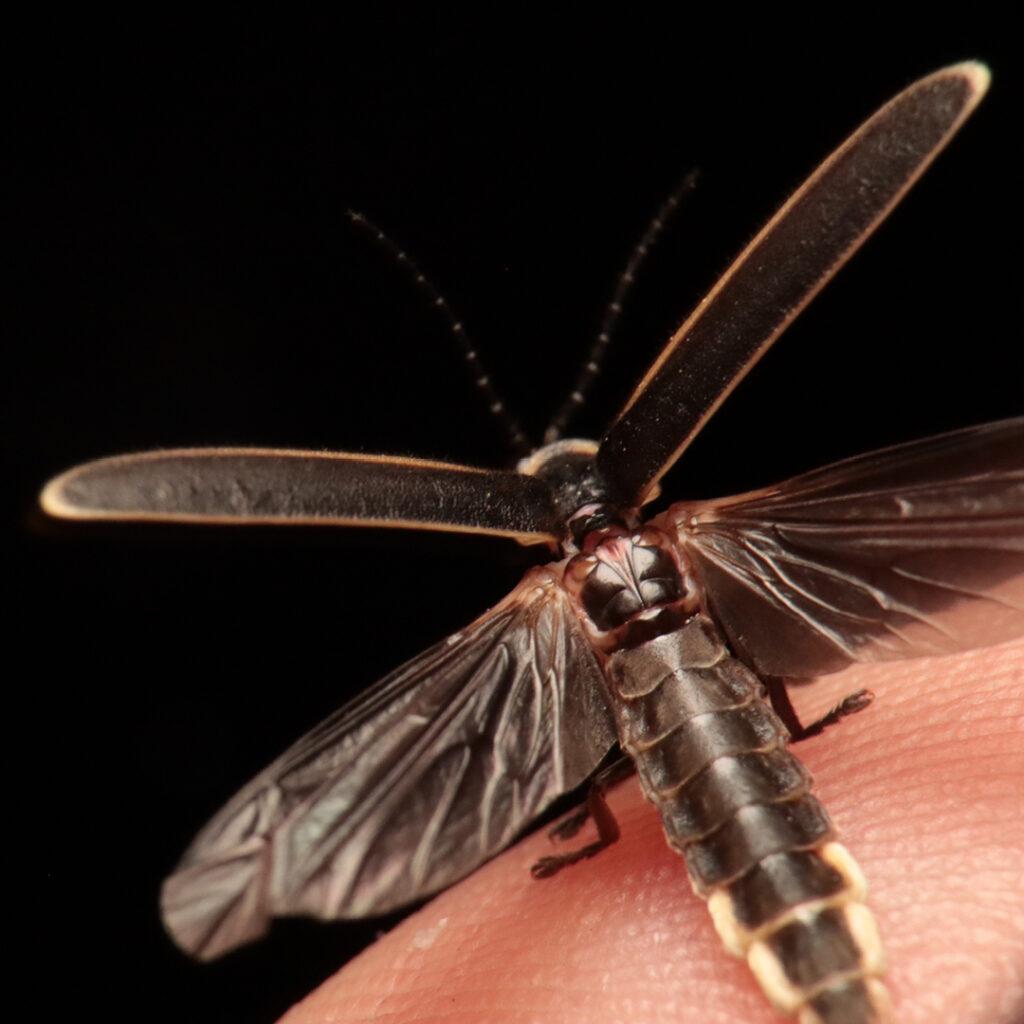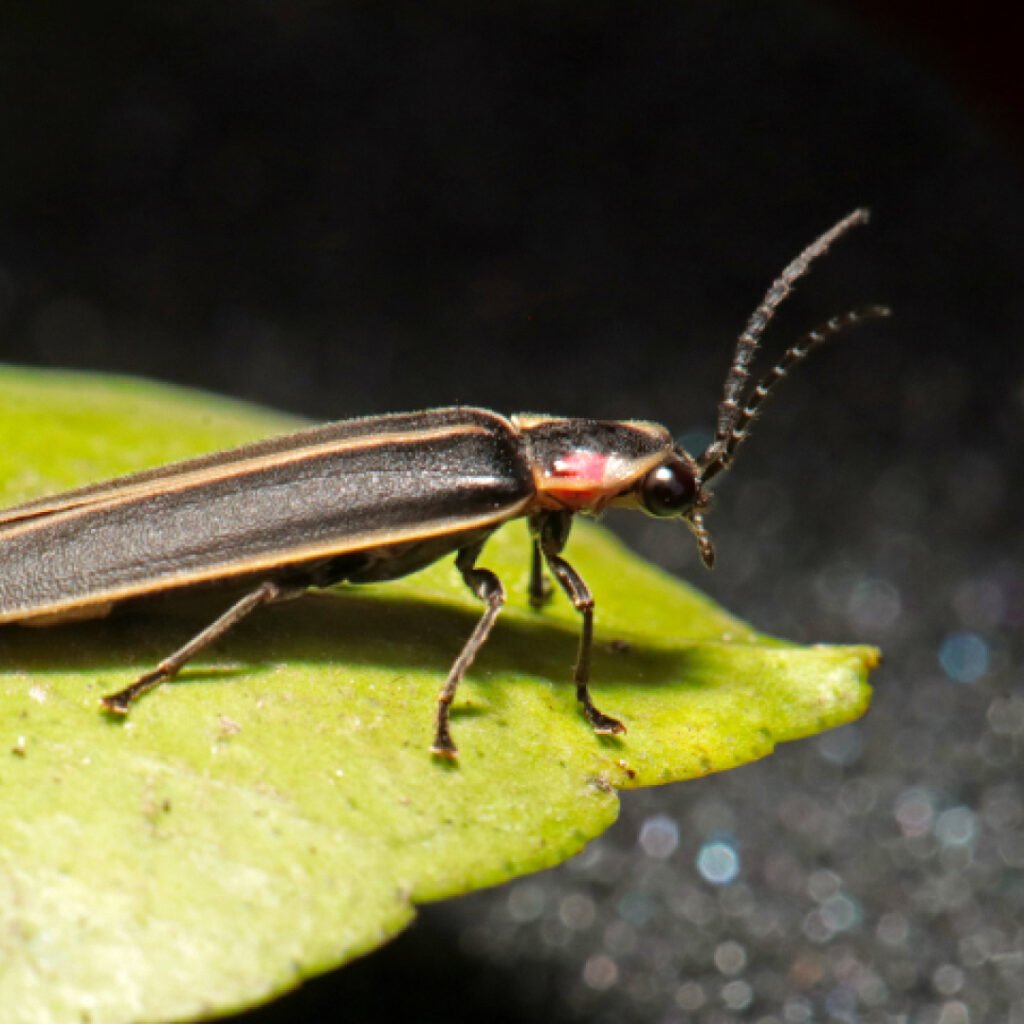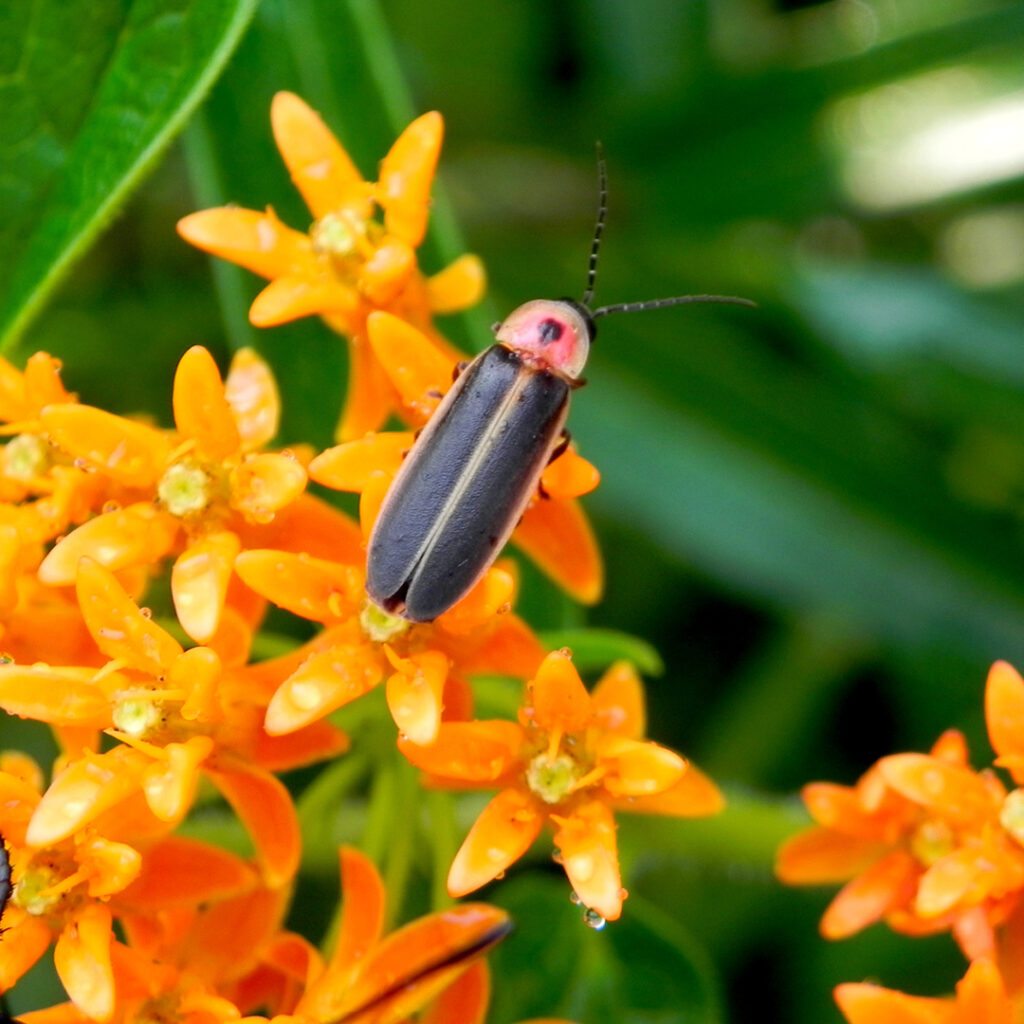In the enchanting sky of summer nights, few sights rival the mesmerizing dance of the firefly or lightning bug to some. Those tiny exhibitionists of light, flickering in the darkness, have charmed generations with their effervescent brilliance. But a sobering truth looms: the once-abundant glow of these beloved insects is fading, their numbers dwindling as the years pass by.
What is it about these luminescent beetles that captivates us so? Perhaps it’s the whimsical vision they create, transforming ordinary backyards into magical realms aglow with twinkling lights. Or maybe it’s the nostalgia they evoke, summoning memories of childhood evenings spent chasing after tiny, elusive, flickering flashes.
Yet, despite their enduring charm, fireflies face an uncertain future. Habitat loss, pesticide use, light pollution, and climate change threaten their populations, casting a shadow over the once-abundant summertime spectacle.
Here are a few simple yet impactful ways to protect these beloved insects and safeguard their magic for generations to come:
- Preserve Natural Habitats: Fireflies thrive in diverse ecosystems, from meadows and forests to wetlands and grasslands. By protecting and restoring these habitats, we can provide essential breeding and foraging grounds for lightning bugs and a host of other wildlife.
- Minimize Pesticide Use: Pesticides not only harm fireflies directly but also deplete their food sources by eliminating insects upon which they rely. Opt for natural pest control methods whenever possible and avoid using chemical pesticides in areas where fireflies are present.
- Reduce Light Pollution: Artificial light disrupts the natural signaling behavior of fireflies. Excessive light can interfere with their ability to communicate, mate, and find food, ultimately impacting their survival. Closing curtains at dusk, turning off or dimming outdoor lights, using motion sensors, and opting for “bug-friendly” light bulbs and fixtures can help mitigate light pollution and create a more hospitable environment for these nocturnal insects.
- Create Firefly-Friendly Gardens: Planting native vegetation, providing ample ground cover, and incorporating water features can attract fireflies to your backyard oasis. Additionally, avoiding excessive mowing and chemical fertilizers and allowing autumn leaves to lie where they fall can help maintain a healthy ecosystem for these enchanting insects.
- Participate in citizen science organizations like Firefly Watch (https://www.massaudubon.org/programs-events/community-science/firefly-watch) and the Firefly Conservation & Research program (https://www.firefly.org), which rely on citizen scientists to collect data on firefly populations. By participating in these initiatives, you can contribute valuable information that informs conservation efforts and helps protect lightning bugs nationwide.
As we gaze upon the twinkling lights of a summer evening, may we not take for granted the glimmer of the magical firefly. With our collective actions and unwavering dedication, we can ensure that future generations will continue to marvel at their radiant display, illuminating the night with joy and wonder for years to come.





 15% Military Discount
15% Military Discount